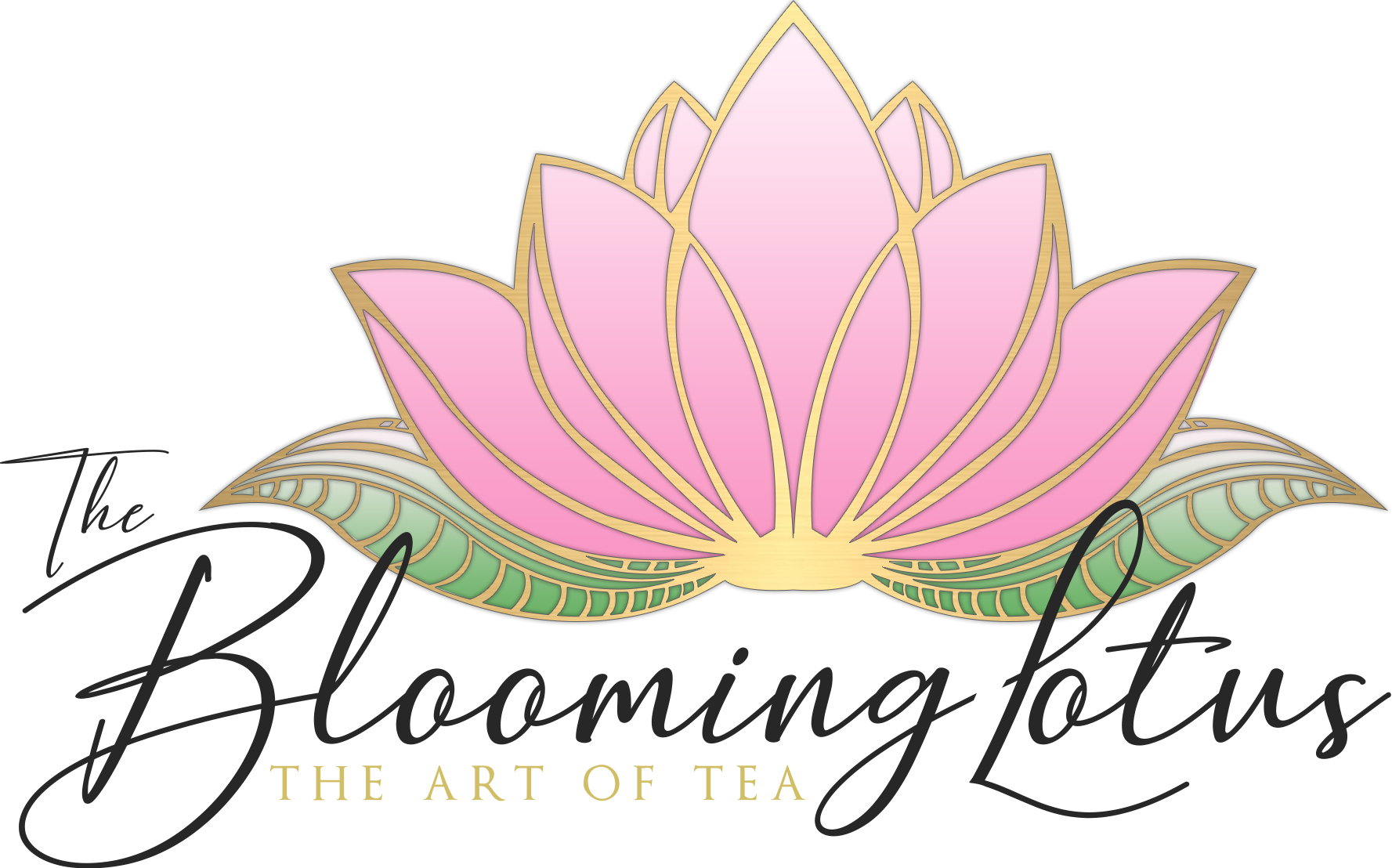Cooking with Tea | Eating Tea Leaves
My mom is a great cook who is passionate about cooking and tea. More precisely, cooking with tea. Yes, a soothing cup of tea undoubtedly nourishes the body and mind, but there are more ways to use tea leaves.
We at The Blooming Lotus want to inspire you to think outside the teapot. Our teas are not just for sipping—you can infuse your favorite beverage into all kinds of things from boozy cocktails, smoothies to baked cookies. The possibilities are endless.

Green Tea Cookies
We love a good, hot mug of matcha, tisane, or blooming tea, but it would be great to get more creative with tea. From silky puddings to buttery cookies to desserts and even stir-fries and butter, here’s how to eat more tea.
Eating Tea Leaves
No doubt, our favorite beverage is extremely useful in the kitchen – and can be entirely surprising to experiment with. Consider infusing tea leaves into milk or cream, stocks or sauces; or cooking them in the frying pan to bring their full flavor to a stir-fried dish.

Yummy Matcha Icecream
Cooking with Tea | Adding Creativity
Cooking with tea is not a new concept. The Chinese love to use oolong leaves as fish stuffing before steaming it. Adding creativity to hard-boiled eggs, they usually love to infuse boiling water with tea leaves to give the marbled appearance on the egg whites when hard boiled.
When eggs are more than half done, they slightly crack the eggshells, thus allowing the teas steep through to create this magical “marbled” effect. Both green and black teas work great for this. Fruits and spices enhance tea flavor and can be used in cooking cherry in green teas or lychee in traditional Chinese tea.
Dried leaves can add crunch and flavor to fish, meat or poultry or be used as a garnish, particularly when young and green. The confectionaries table becomes noticeably more attention-grabbing with a cake or shortbread made with tea.
However, brew tea differently for cooking and baking. The best option is to pour spring water on the tea leaves and allow them to steep at room temperature for 20 to 30 minutes. This steeping guarantees neither excessive astringency nor bitterness.
For faster steeping of tea for cooking, use water at 185 F and infuse the tea for 3-5 minutes. Avoid using leftover brewed tea in cooking as it will be too strong and have a bitter taste.
The opportunities for combinations of food and tea are as endless and as enticing as teas are for drinking, and invite experimentation. In short, tea adds an elusive yet unique edge to every dish on the menu.


